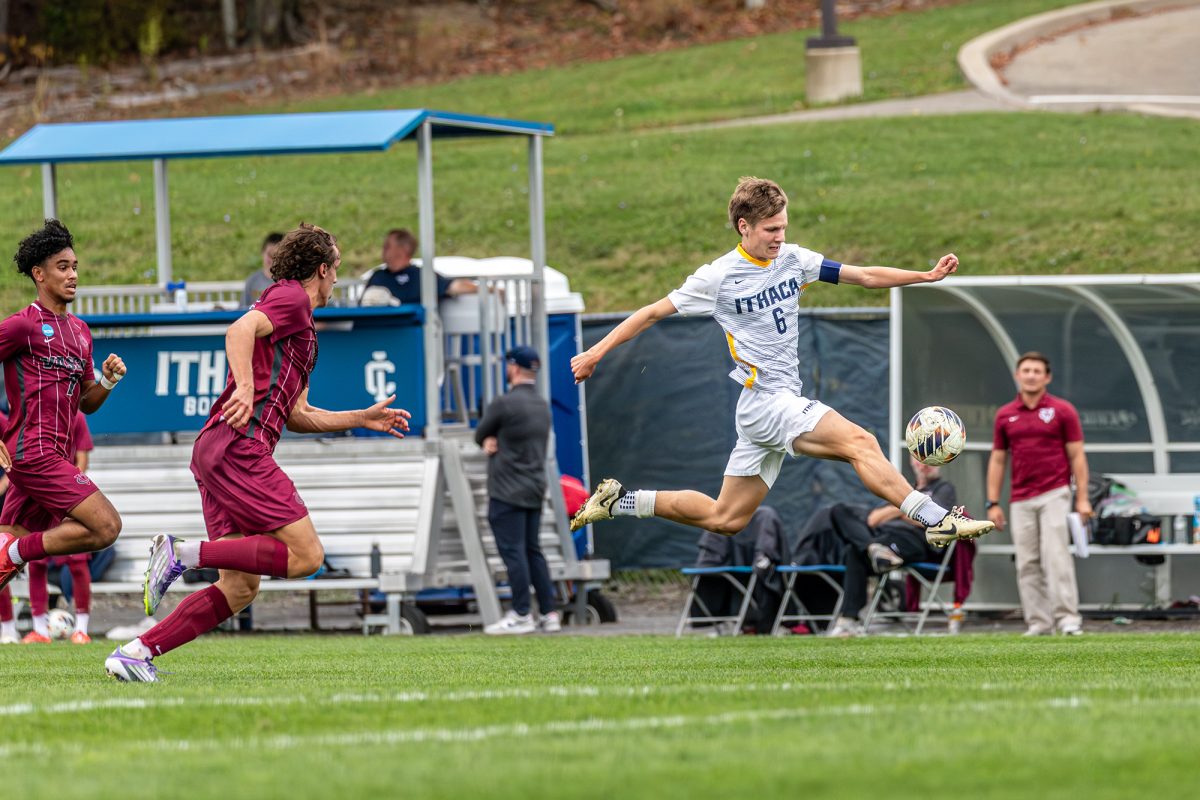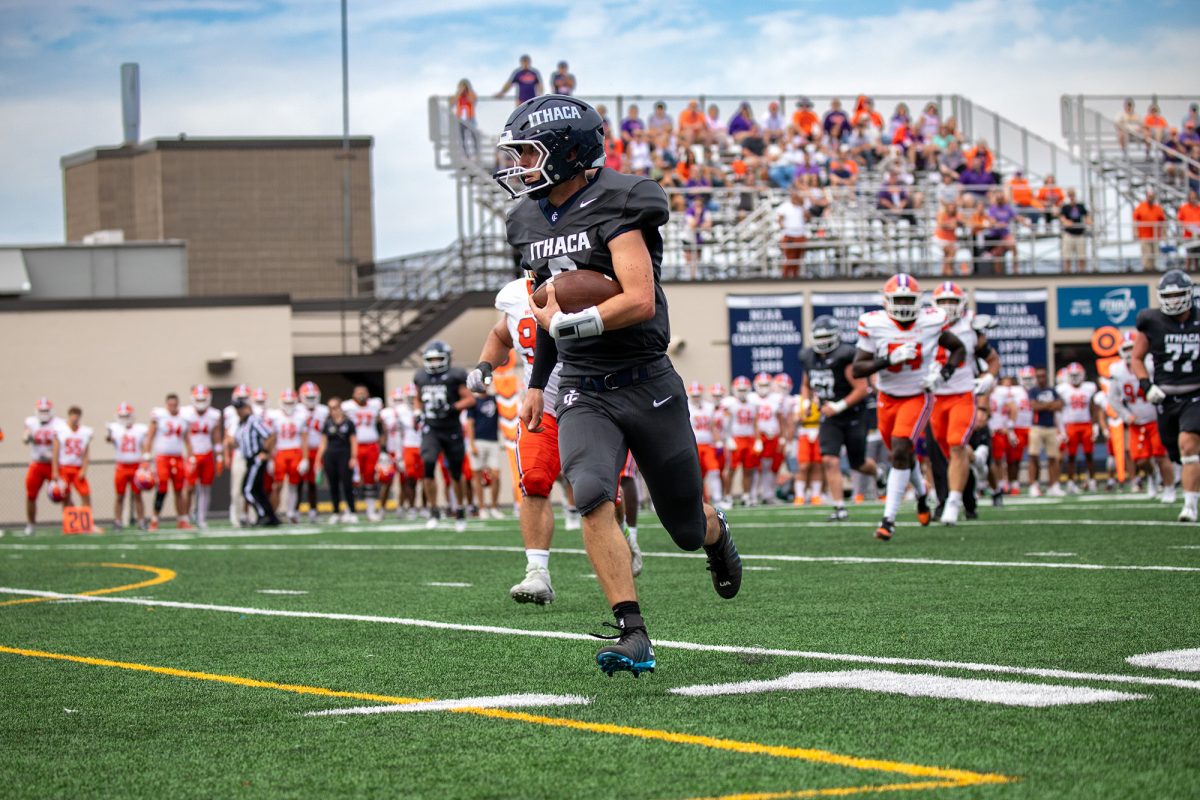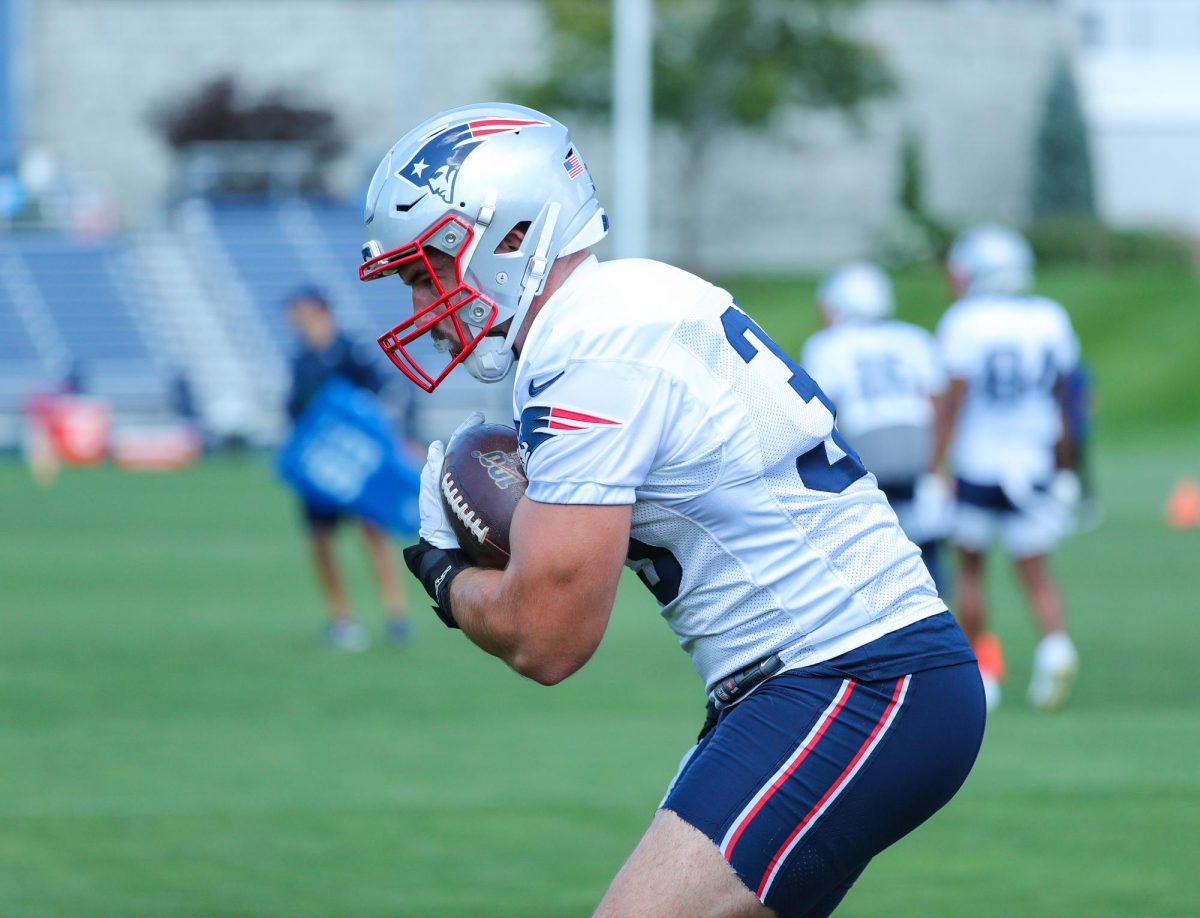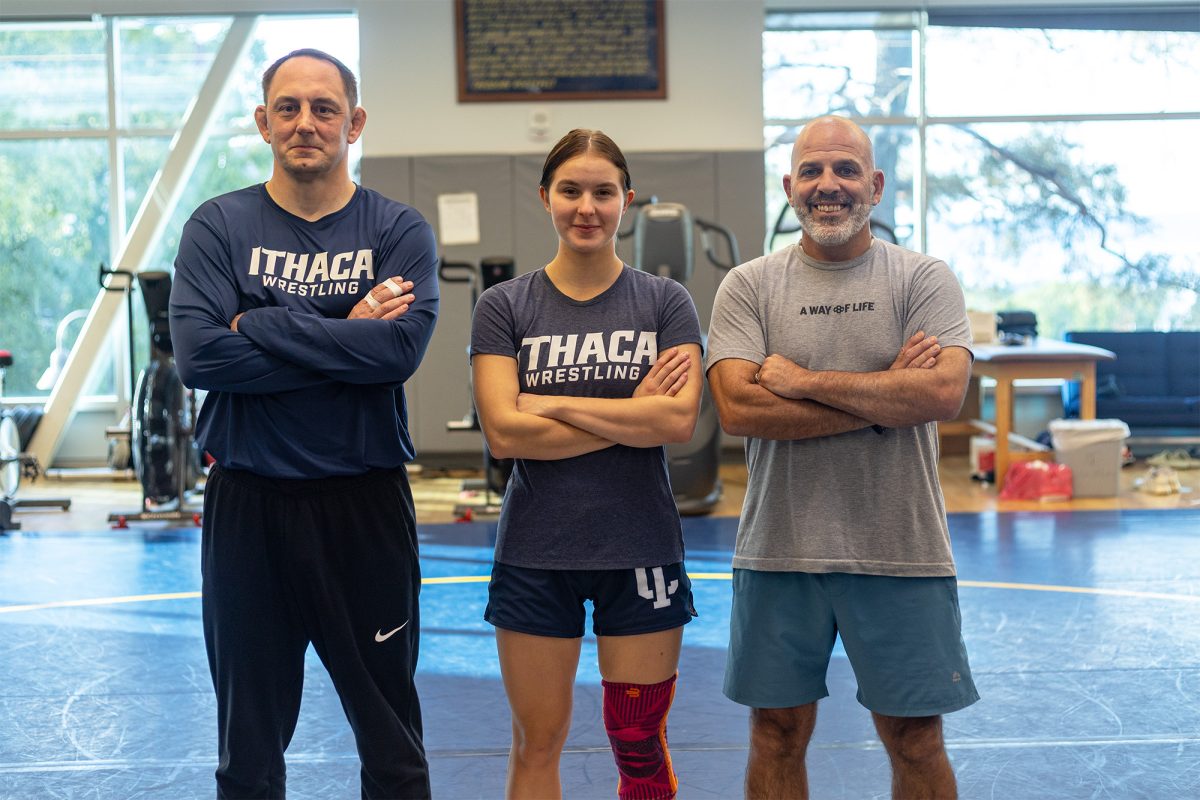When asked to describe what a crew boat looks like, a casual observer would picture a long, streamlined boat filled with eight rowers moving in an identical rhythm.
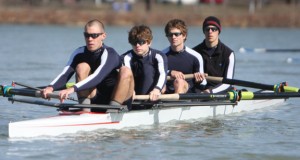
However, the varsity members of the men’s crew have been getting additional rowing experience this season by practicing with the less-known four-man boat.
The four-man boat, often called “the four” or “4+,” differs from the eight-man boat in more than just its number of rowers. The four is a much lighter boat, which Head Coach Dan Robinson said creates a unique set of challenges.
“The smaller the boat, the trickier it is to row because the boat is more tippy, and you get more feedback,” Robinson said.
Sophomore rower Mike Myhre said the Bombers’ overall lack of size on the varsity squad makes an already unstable boat harder to control. He said the four-man boats are designed for rowers heavier than those on the team.
“Part of the problem is that we don’t have a lot of big guys,” Myhre said. “So what happens is that it sits higher on the water, and then it tips back and forth more because it’s not as much in the water.”
As is customary with most squads, the Bombers split their first varsity 8 boat into two crews of four rowers for the smaller boats.
Robinson said the Bombers have practiced the 4 boat a few times a month throughout his tenure, treating it as an opportunity to get in an extra workout here and there during preseason training. He said the four-man boats are generally for teams with smaller rosters.
At the first regatta of the season Saturday however, the South Hill squad entered two four-man boats in a regatta at the request of the University of Rochester, who fields a smaller team.
Speaking in large part to their versatility, the Blue and Gold’s boats finished first and third in the regatta.
Robinson said the team will not make a decision on whether to compete again in the 4 until they see how their opponents’ rosters stack up. The team still plans on practicing in both kinds of boats, however.
Despite the fact that there are half the number of rowers in the boat, the stroke for the four-man boat is the same as the eight-man boat and uses the same muscle groups of lats, biceps, triceps, hamstrings and calves.
The eight-man regatta distance of 2 kilometers also remains the same in four-man boat races.
Another noticeable difference between the eight-man boat and the four-man boat is the placement of the coxswain.
The coxswain is essentially the commander of a crew in that he or she steers the boat, makes tactical decisions, gives both motivation and pointers to the rowers, and directs the crew in loading and putting away the boat.
Sophomore Sara McComish said the coxswain’s perspective on the 4 is completely different than on the 8 because on the 8, the coxswain is seated in the boat’s stern rather than the bow.
“As a coxswain [on the 4] I can’t see the rower’s oars,” she said. “So I’m looking straight out on the water and steering that way instead of being able to see what the rowers are doing.”
She said she can see the continuity and fluid motion of each rower while on the eight-man boat, which helps build team chemistry.
“If I’m on the 8, I can look out from the back and see all the different lanes and when the oars are hitting the water at the same time,” she said.
Myhre said the stroke for the four-man requires more accuracy since there are fewer teammates to mask mistakes.
“Instead of [the coxswain] being able to see you, they have to feel it, and it makes it harder for you as a rower to figure out what you’re doing wrong,” he said.





